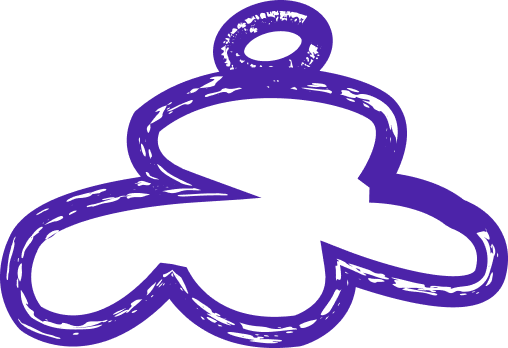
declarative programming
The Essentials of Declarative Programming: A Comprehensive Guide
Declarative Programming
Declarative programming is a programming paradigm that focuses on describing what needs to be accomplished rather than explicitly specifying how it should be done. In this approach, programmers define the desired outcome or end result, and the programming language or framework takes care of the actual implementation details.
How Declarative Programming Works
In declarative programming, the emphasis is on defining the problem or the goal, and the programming language or framework handles the underlying logic and execution. This is in contrast to imperative programming, where developers explicitly write step-by-step instructions for the computer to follow.
Declarative programming allows developers to express complex operations and algorithms in a more concise and abstract manner. Instead of focusing on the low-level implementation details, programmers can focus on the high-level logic and structure of the problem at hand.
Advantages of Declarative Programming
Declarative programming offers several advantages over other programming paradigms, such as imperative programming:
1. Conciseness: Declarative code tends to be more concise and expressive, as it focuses on the "what" rather than the "how." This can lead to increased productivity and readability, as the code becomes more self-explanatory and easier to maintain.
2. Abstraction: Declarative programming allows developers to abstract away the low-level implementation details, providing a higher-level view of the problem. This abstraction enables easier code reuse and modularity, as the underlying logic is encapsulated within reusable components.
3. Focus on problem-solving: By separating the problem description from the implementation details, declarative programming allows developers to focus more on the problem-solving aspect. They can think in terms of the problem domain and its constraints, rather than getting bogged down in the intricacies of the underlying code.
4. Parallelization: Declarative programming often lends itself well to parallel execution, as the focus is on describing the desired outcome rather than specifying the order of operations. This can lead to improved performance and scalability in certain scenarios.
Examples of Declarative Programming
Several programming languages and frameworks embrace the declarative programming paradigm. Here are a few examples:
1. SQL: Structured Query Language (SQL) is a declarative language used for managing and manipulating relational databases. Developers specify what data they want to retrieve or modify, and the database engine takes care of the actual execution.
2. HTML: Hypertext Markup Language (HTML) is a declarative language used for structuring web pages. Developers define the structure and content of the web page using HTML tags, and the web browser renders the page accordingly.
3. Prolog: Prolog is a logic programming language that focuses on declarative programming. It allows developers to define relationships and rules, and the Prolog interpreter uses logical inference to derive solutions.
4. React: React is a JavaScript library for building user interfaces. It follows a declarative approach, where developers define the desired state of the UI, and React takes care of efficiently updating the UI based on changes in the state.
Conclusion
Declarative programming is a powerful paradigm that allows developers to focus on the problem at hand rather than the implementation details. By describing the desired outcome, developers can write concise, reusable, and maintainable code. Declarative programming finds applications in various domains, from database management to web development, and offers advantages such as conciseness, abstraction, and improved problem-solving capabilities.
Let’s build your next digital product — faster, safer, smarter.
Book a free consultationWork with a team trusted by top-tier companies.








